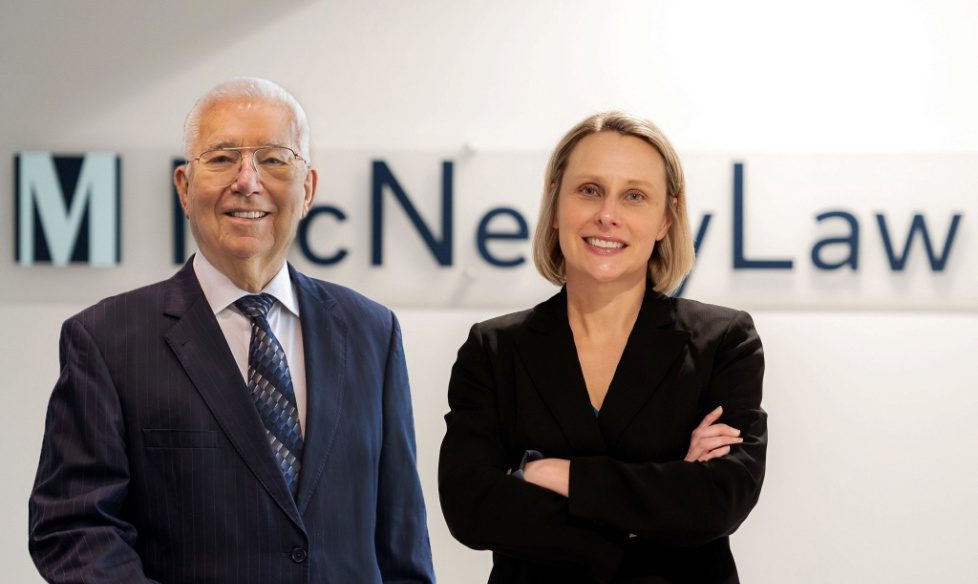news & events
NIL Basics for Prospective Student-Athletes in Indiana
Name, Image, and Likeness (“NIL”) is still a very new and complex issue in college sports today. There have been very few regulations on NIL rules and the NCAA has had trouble creating rules to govern this new NIL landscape. The case that paved the way for college student-athletes to be compensated for their abilities outside of scholarships was NCAA v. Alston. Ever since the United States Supreme Court ruled that the NCAA’s restrictions on the ability of a student athlete to be compensated in relation to their status as an athlete was unconstitutional, NIL compensation has been subject to very few limitations.
NCAA v. Alston was the staple Supreme Court case in allowing student-athletes to be compensated for their name, image, and likeness. The District Court held, and the Supreme Court affirmed, that by limiting student-athletes compensation to scholarships and expenses, the NCAA was violating federal antitrust laws. After the door was opened for student-athletes to be paid from resources not directly associated with the universities (for example, individual donors) multiple lawsuits against the NCAA ensued. Three cases that recently ended in settlement are House v. NCAA, Hubbard v. NCAA, and Carter v. NCAA. This settlement includes back damages being paid by the NCAA in the amount of approximately $2.78 billion. These back damages will be paid over 10 years with the distribution to be determined by the plaintiffs. Most importantly, this settlement offers some clarity on the possible future of NIL in NCAA sports. The new model proposed in the settlement is expected to bring around $1.5 billion to $2 billion in benefits annually to student athletes.
This settlement will allow Autonomy 5 conferences (the Atlantic Coast Conference, Big Ten Conference, Big 12 Conference, Pac-12 Conference, and Southeastern Conference), and other Division I schools that choose to participate, to provide up to 22% of the institution’s athletic media, ticket, and sponsorship revenue directly to student-athletes. The NCAA plans for this new model to allow for the establishment of an enforcement and oversight program to police institutions and give more structure to NIL transactions. This settlement has been preliminarily approved by a federal judge and class members had until January 31, 2025, to opt out. A final hearing to approve the settlement has been set for April 7, 2025.
A primary issue with this settlement and new NIL plan is that some states have created laws to regulate the institutions within their state. The NCAA states that many of these state laws currently in place conflict with this settlement and the NCAA would have to rely on federal legislation to preempt the current state laws in place. However, this is not an issue in Indiana because Indiana has not made any state laws to regulate the NIL policies of its in-state institutions.
If you have any questions or want assistance with understanding your NIL rights, please reach out to one of our attorneys at McNeelyLaw LLP by calling (317) 825-5110.
This McNeelyLaw LLP publication should not be construed as legal advice or legal opinion of any specific facts or circumstances. The contents are intended for general informational purposes only, and you are urged to consult your own lawyer on any specific legal questions you may have concerning your situation.
Welcome To Our Blog. Looking for a specific post?


